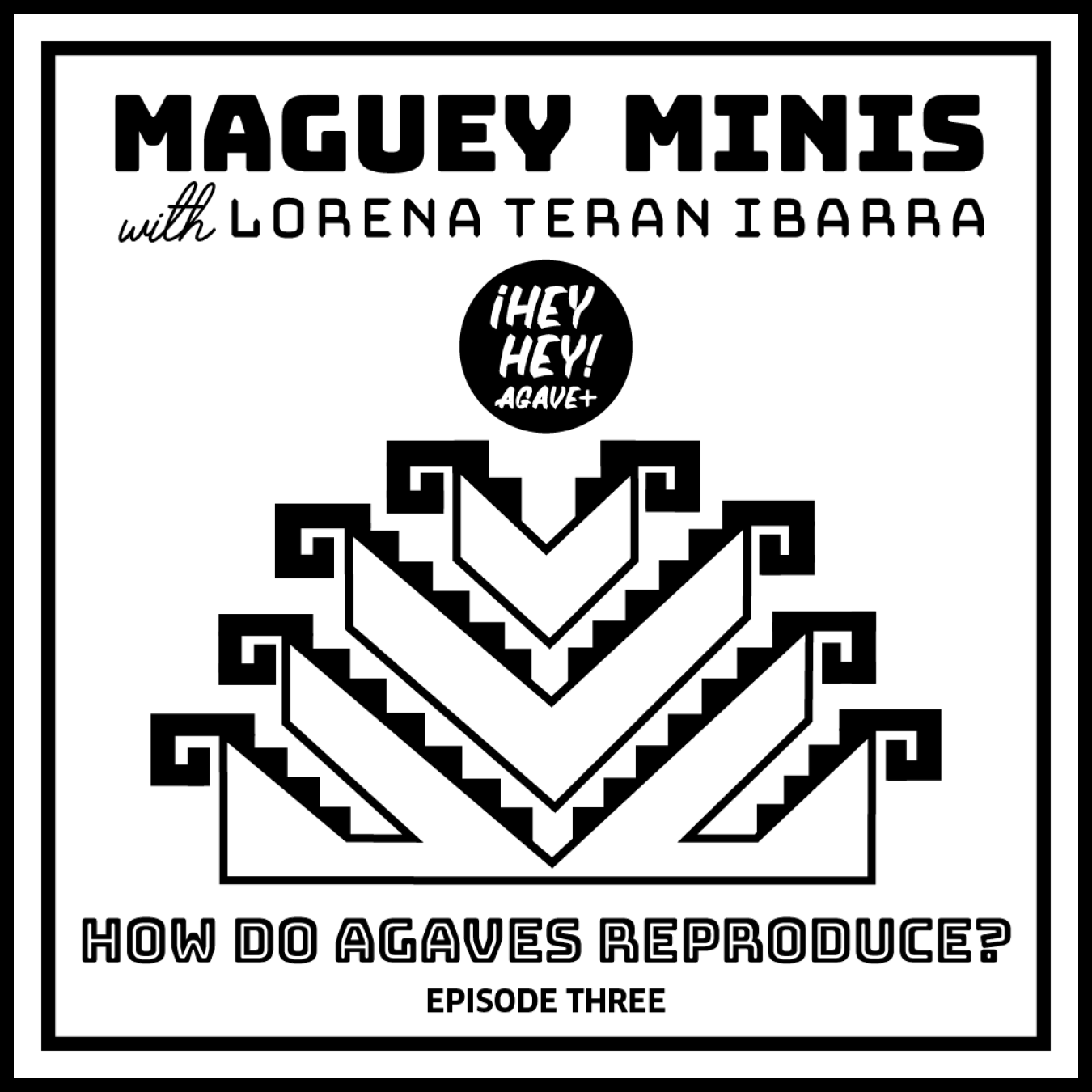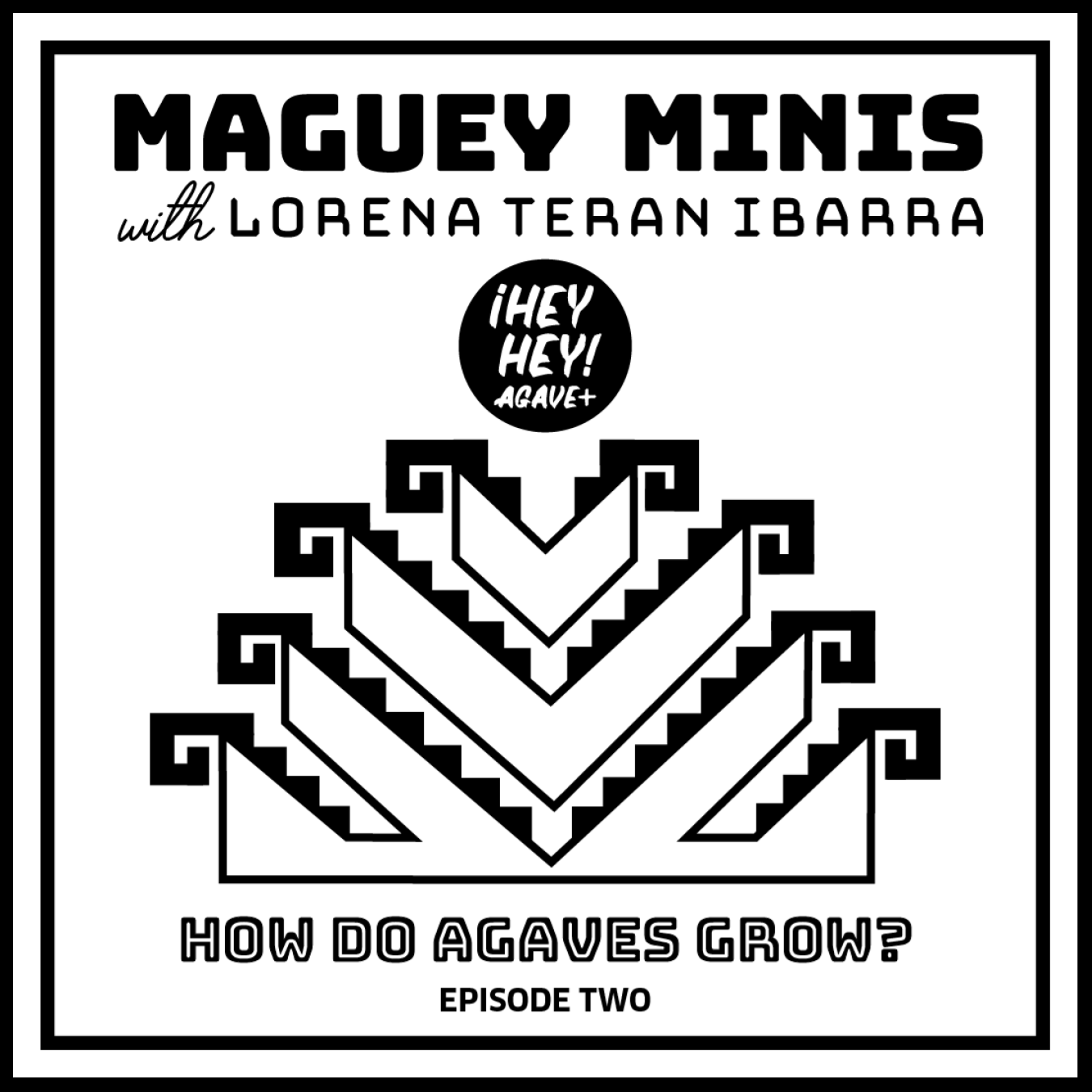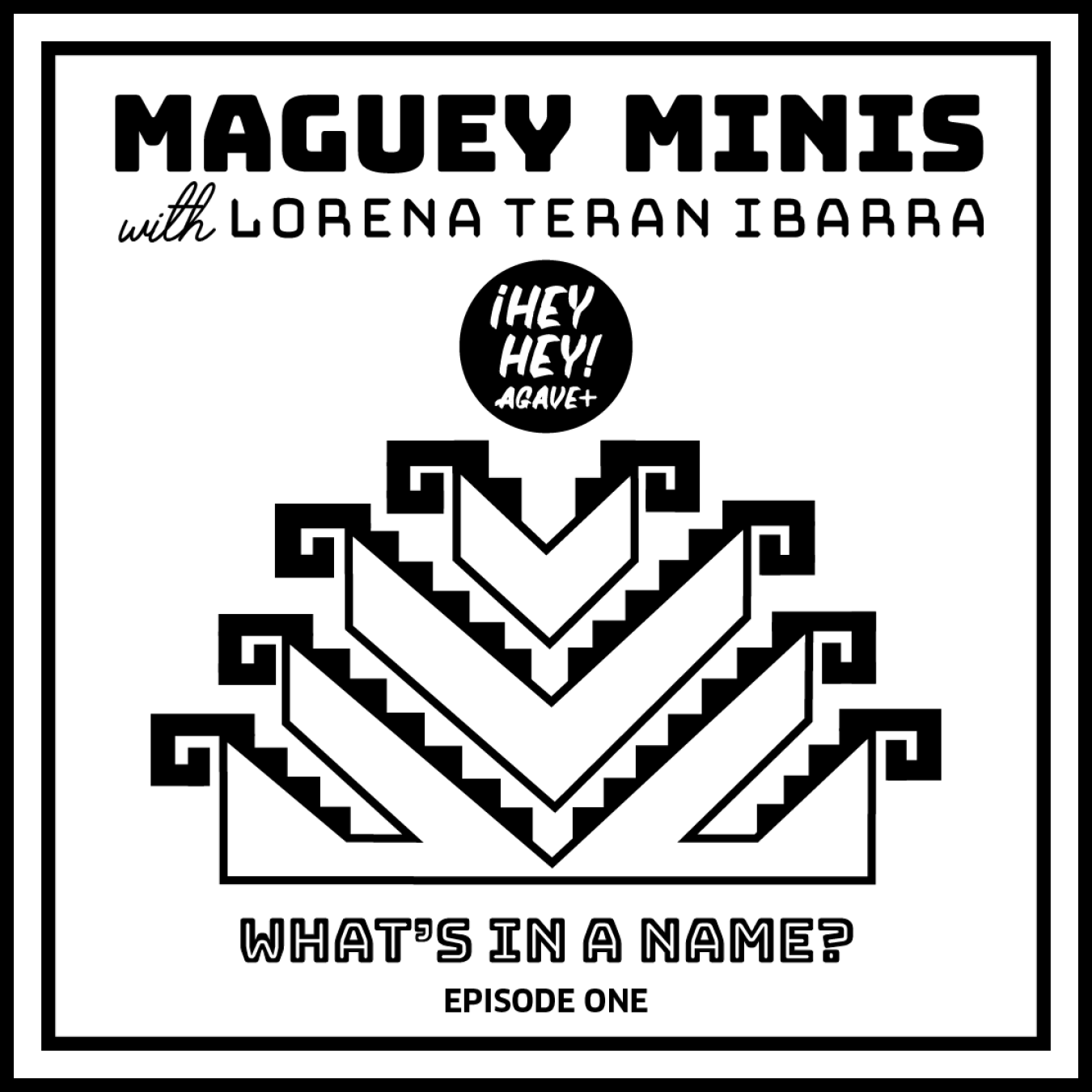Your Cart is Empty
free shipping $300+

Maguey Minis + Episode Three
How do agaves reproduce?
In our third installment of Maguey Minis we talk reproduction! Lorena Teran Ibarra explains both sexual and asexual reproductive mechanisms. We dive deep into the ways in which challenging environmental circumstances can initiate this plant’s inherent intelligence, driving it to reproduce.
In this episode, you will learn about the anatomy of the quiote and its inflorescence. How pollination occurs or doesn’t, and all the ways genetic clones are produced.

A field of Agave Tequilana (almost fully mature) on the hillside just above the La Luna vinata in Indaparapeo, Michoacan.

A simplified diagram showing the morphology of an agave plantand it sdifferent mechanisms of reproduction.

(Left) A diagram of hijuelos (baby plants that grow from the roots of the agave plant).
(Right) An espadin agaves (A. angustifolia) and its hijuelo in Tlacolula, Oaxaca.

(Left) Bulbills growing on a quiote stalk of an A. tequilana.
(Right) Bulbills growing on an a “Blue flame” agave (A. shawii x A. attenuata).

The flower tip of a Tobala A.potatorum plant just beginning to bloom.
Image courtesy of Lorena Teran Ibarra

The progression of the flowering Tobala agave.
Images courtesy of Lorena Teran Ibarra

The continued progression of the Tobala's quiote. The middle image is in full bloom and the last image is post bloom. Note the color change of the stalk.
Images courtesy of Lorena Teran Ibarra
Source Link (inflorescence detail)

Cuixe verde (A. karwinskii) just beginning to bloom(photo credit: Eric Burg)

The different morphological structures of agave inflorescence blooms.

Paniculate inflorescence blooms.

Quiote and inflorescence of A. parryi var. huachucensis.

Racemose inflorescence blooms.

Quiote and inflorescenceof A. univittata.


Mexican long-nosed bats (Leptonycteris nivalis) pollinating an Agave cerrudo's flowering panicles in Oaxaca, Mexico.

(Left) A lesser long-nosed bat (Leptonycteris yerbabuenae) in flight with agave pollen on its face in Arizona.
(Right) A lessor long-nosed bat (Leptonycteris yerbabuenae) pollinating a Palmer's century plant (Agave palmeri) in Arizona.

The images are from the IG account of Lagrimas de Dolores in Durango, Mexico. Check out our conversation with German Gutiérrez Gamboa who along with his family owns and operates Hacienda Lágrimas de Dolores.

Source Link (L) Hummingbird (Amazilia beryllina).
Source Link (R) Gray-breasted woodpecker (Melanerpes hypopolius).

(Left)Shaking out the seeds from an agave.
(Middle) The rosette of a tepextate agave (a. marmorata) that is at the end of its life cycle. An agave that has gone to seed can take up to two years to complete its life cycle.
(Right) Seeds from A. marmorata. Viable seeds present as shiny and black the light colored seeds are not viable and will not produce a plant.

(Left) Lore harvesting Tobala (A. potatorum) seeds in copita field.
(Right) Detail ofTobala (A. potatorum) seeds.

Resilience!
These are all images of agaves whoes quiotes have been cut.
The left and right images have bulbillos forming and the center image has a tiny panicuate inflorescence sprouting from the cut quiote.



Lorena Terán Ibarra is the director of Copita Project for El Buho Mezcal where she leads the regenerative agriculture and educational programs.
Initiated by the founders of El Buho, the Copita Project seeks to replenish and preserve the balance of the natural environment while planting cultivated and semi-cultivated agaves.